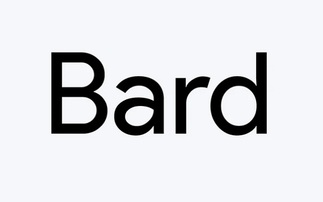The new Universal Content Management 10G product is based largely on Stellent technology
Oracle has launched its first enterprise content management (ECM) solution since its acquisition of ECM specialist Stellent in December last year. The new Universal Content Management (UCM) 10G...
To continue reading this article...
Join Computing
- Unlimited access to real-time news, analysis and opinion from the technology industry
- Receive important and breaking news in our daily newsletter
- Be the first to hear about our events and awards programmes
- Join live member only interviews with IT leaders at the ‘IT Lounge’; your chance to ask your burning tech questions and have them answered
- Access to the Computing Delta hub providing market intelligence and research
- Receive our members-only newsletter with exclusive opinion pieces from senior IT Leaders



















